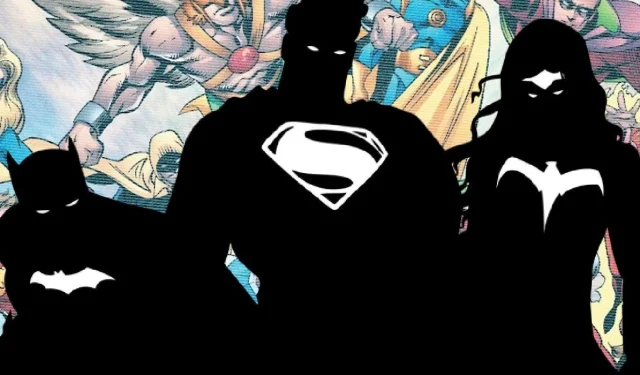
Warning: Spoilers for JSA #3 Within the realm of DC Comics, the Justice League may be regarded as the most famous superhero team, yet the Justice Society of America has compellingly demonstrated their superiority. The recent expansion of the League during DC’s All In era boasts an impressive roster that rivals any other, but this sheer number does not inherently translate to being the ultimate fighting force. The Justice Society possesses a unique quality that distinguishes them, securing their position as the preeminent team.
In the latest issue, JSA #3 by Jeff Lemire and illustrated by Diego Olortegui, the new leader Jade grapples with the aftermath of a mysterious disappearance of several Society members. In a touching exchange with Sandman regarding her father, she states, “Alan may be my father, but we’re all family, Sand. That’s what makes the JSA special. We’re not just a superhero team. We’re more than that.”
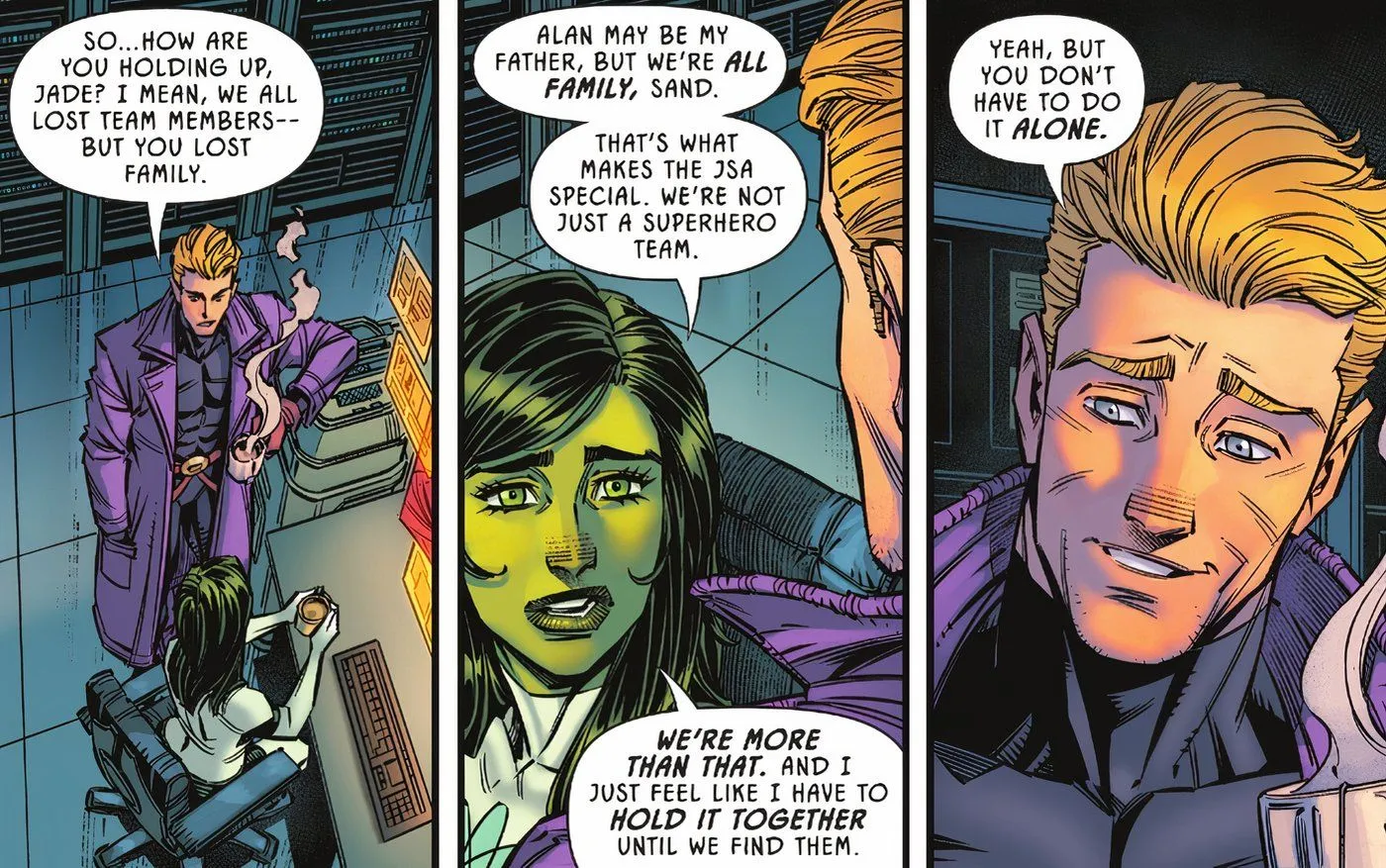
What truly sets the JSA apart is their profound sense of familial bonds. Unlike the Justice League, which features lone heroes focused primarily on their super abilities, the Justice Society’s unity provides them with strength and resilience, even in the absence of heavy hitters like Superman and Batman.
The Justice Society of America: More Than Just Heroes, They’re Family
A Legacy of Togetherness

Some may find the notion that the Justice Society surpasses the Justice League hard to accept, but the historical significance of the JSA speaks volumes. As highlighted by Sandman, this iconic team has remained relevant for 85 years, an impressive feat considering its inception in 1940’s All Star Comics #3 by Gardner Fox and Everett E. Hibbard. Pioneering the superhero genre, the Justice Society laid the groundwork for subsequent teams, including the Justice League, which did not debut until 1960.
However, the JSA’s superiority does not merely stem from their legacy; it is reinforced by their roster dynamics. The Society integrates Golden Age heroes like Green Lantern and Flash with newer entrants like the offspring of legacy heroes, creating a rich tapestry of mentorship and camaraderie. Focused on legacy, the Justice Society fosters bonds that span diverse generations.
Familial Connections Forge Strength Among Justice Society Members
Diverse Relationships: A Family Beyond Superpowers
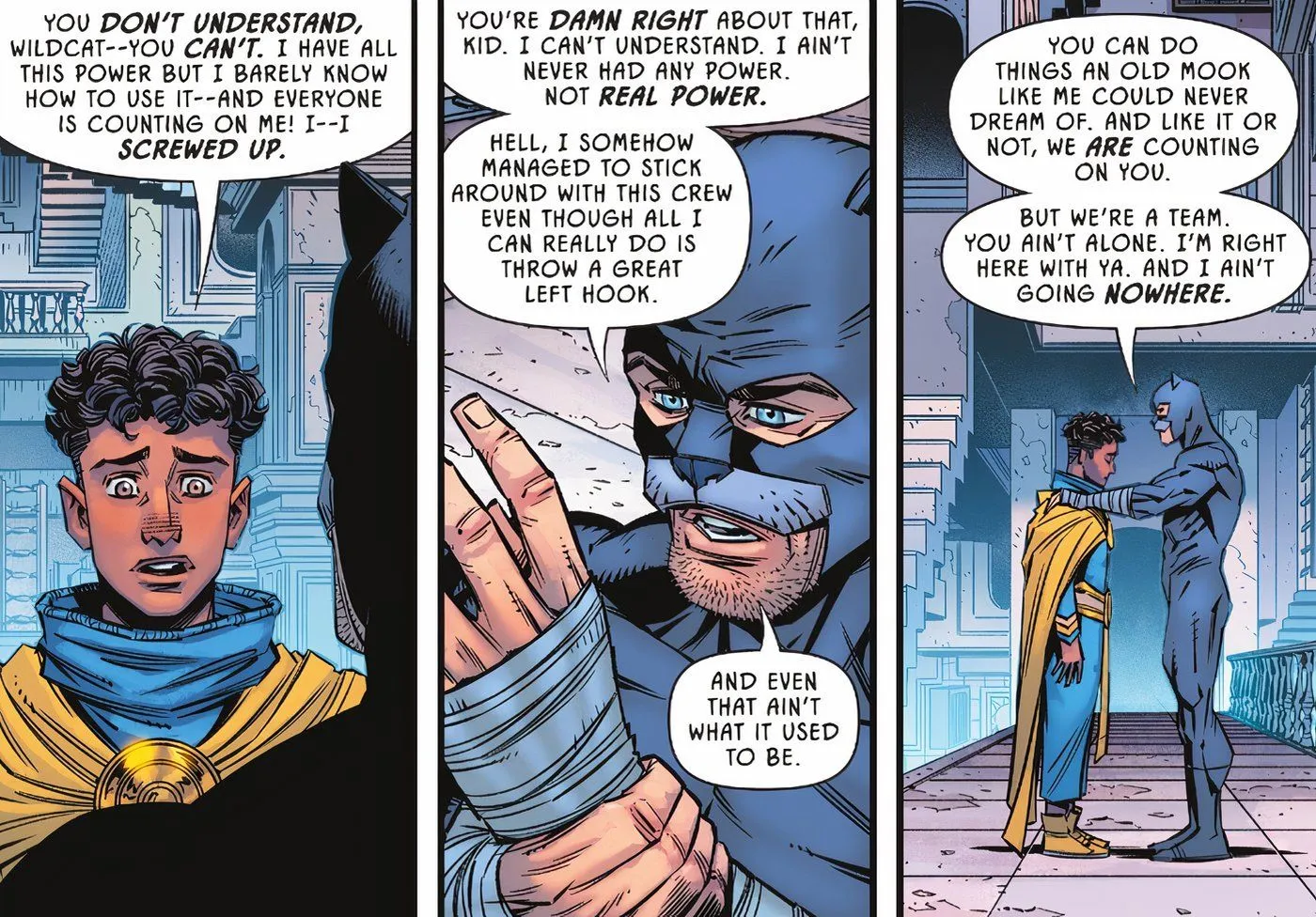
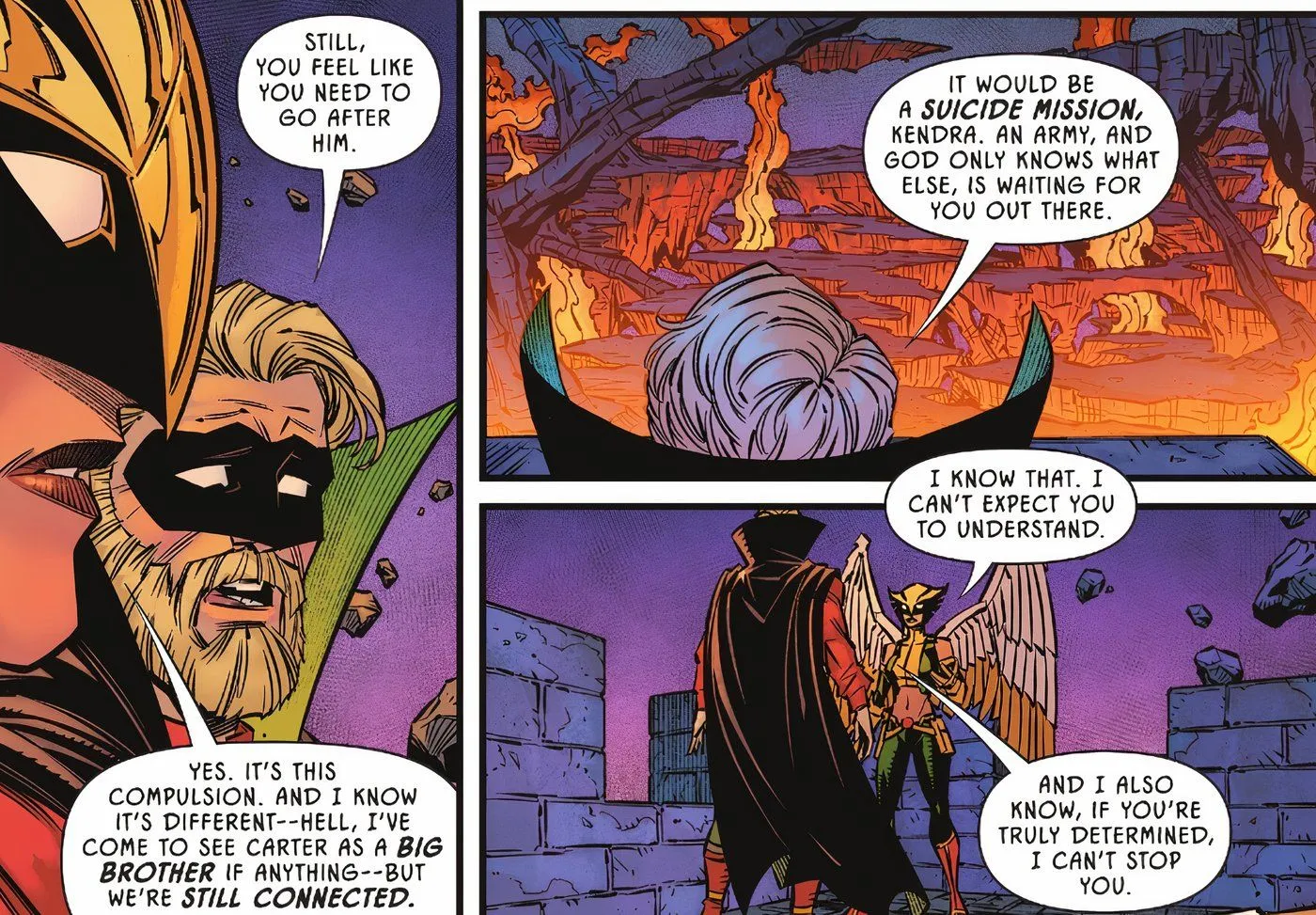
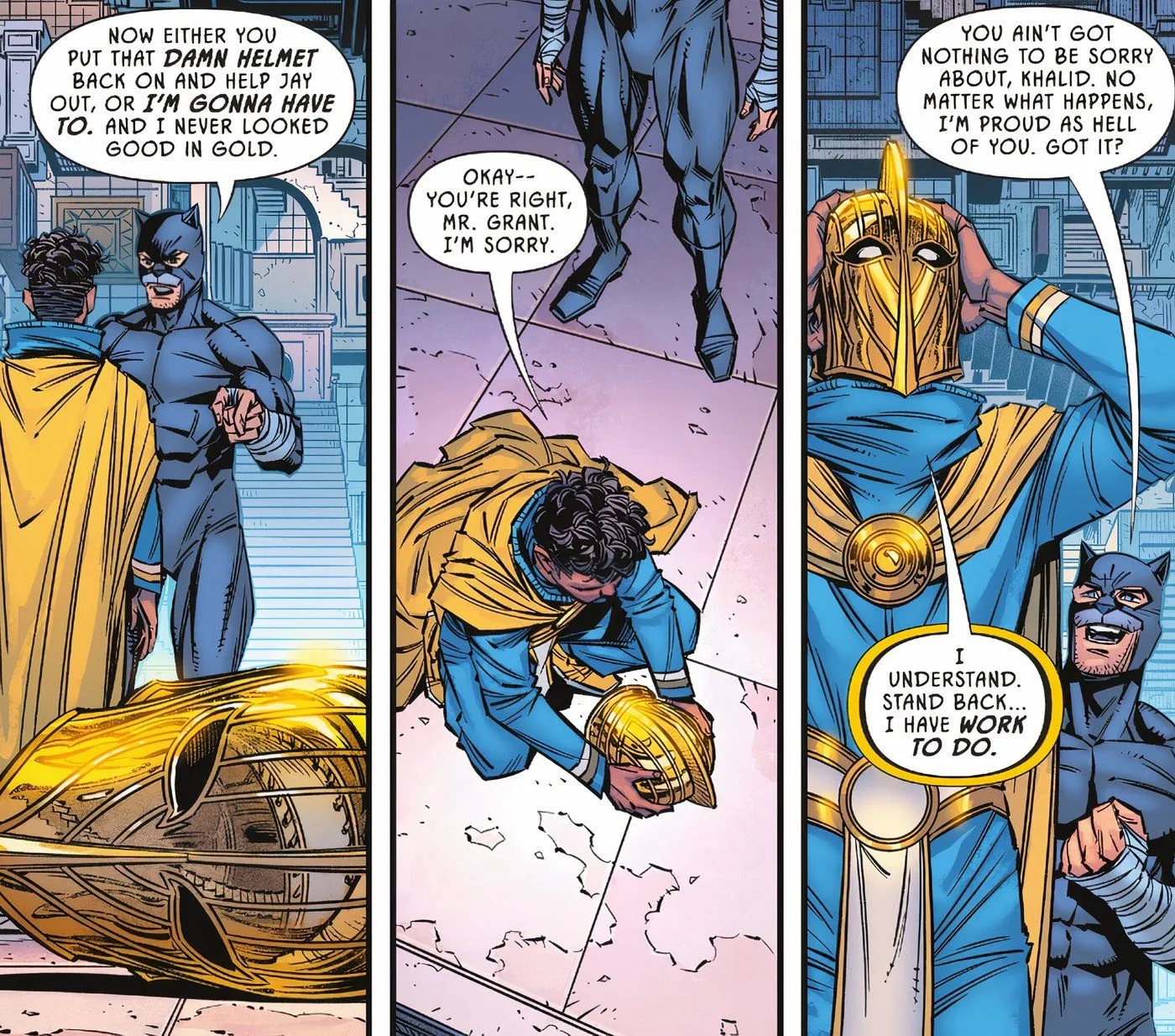
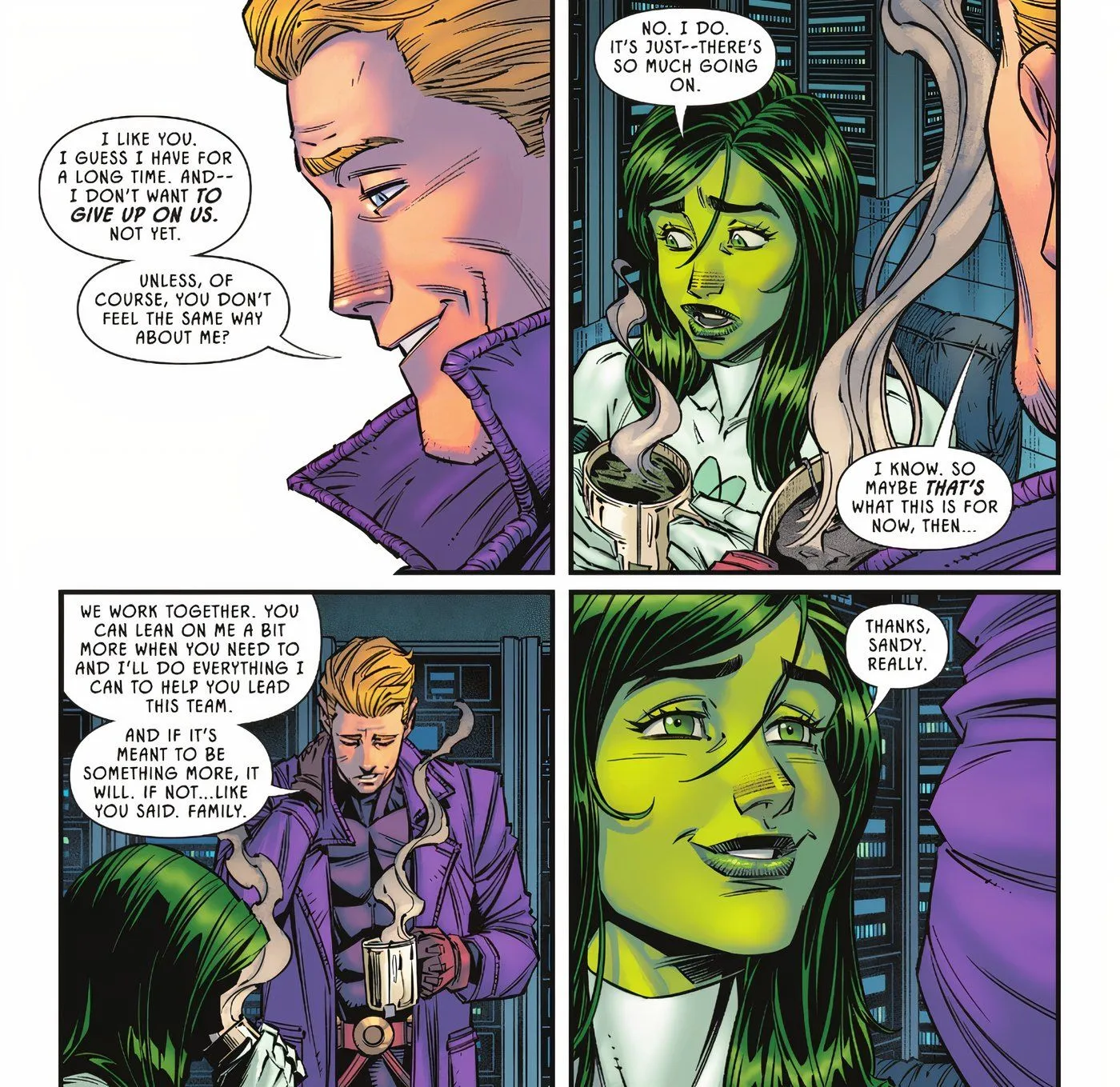

The bonds among Justice Society members are multifaceted, transcending traditional binaries. Relationships vary from platonic to romantic, yet at their core lies a intrinsic family connection. For example, Sandman expresses his feelings for Jade but ultimately emphasizes his commitment to support her whatever her needs may be. Hawkgirl recognizes her bond with Hawkman as familial, exemplifying how complex relationships can be within the team.
This family dynamic is further exemplified through interactions involving Doctor Fate. After Khalid Nassour, feeling the weight of responsibility, traps his teammates within the Tower of Fate, Wildcat adopts a mentor role, reminding Khalid of his capabilities. This support encourages a sense of unity and affirmation among the heroes. The Justice Society’s steadfast presence in one another’s lives illustrates the depth of their relationships.
Justice League’s Grand Expansion Lacks Genuine Bonds
A League of Soldiers, Not a Family
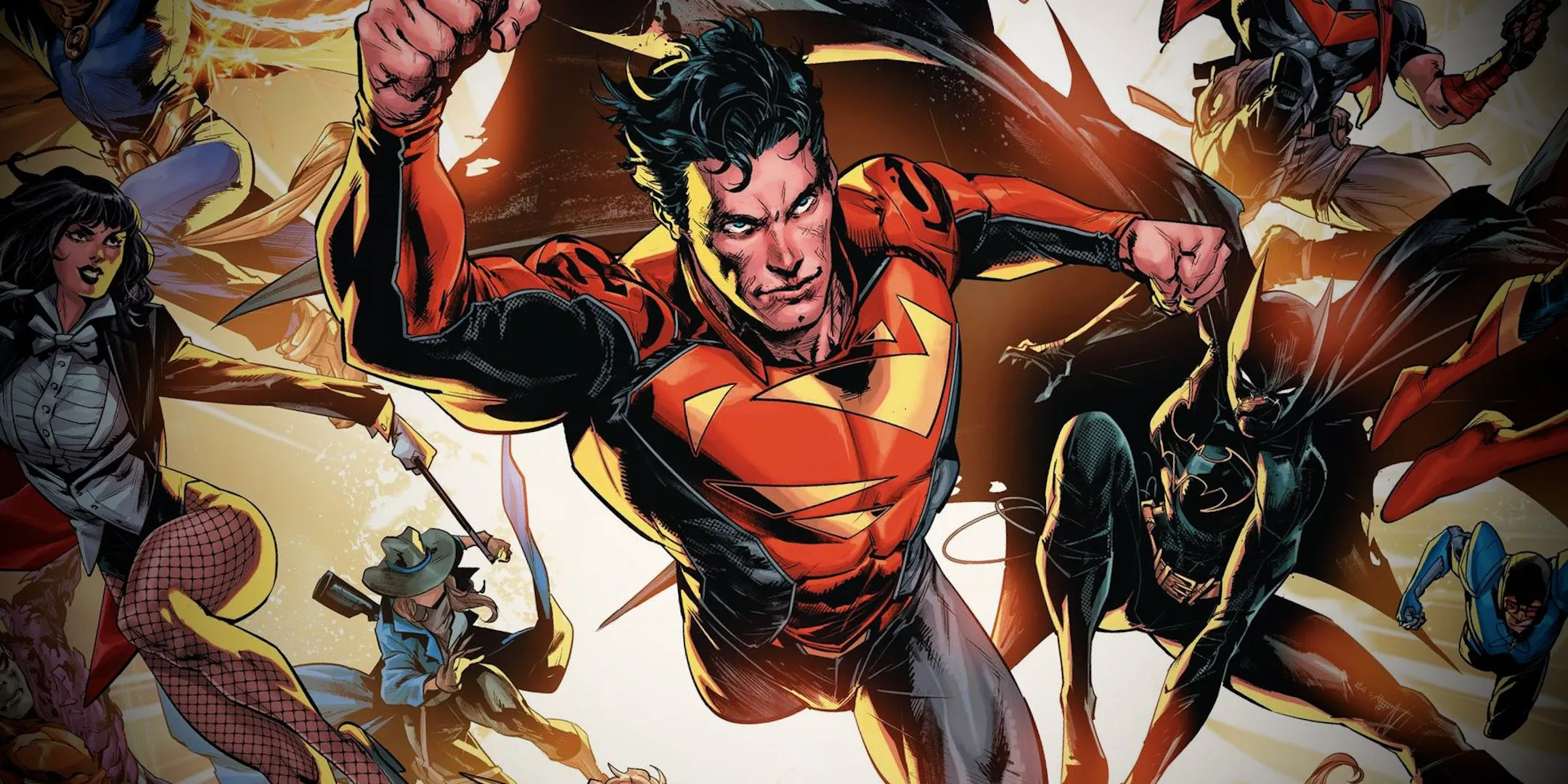
The familial essence that makes the Justice Society formidable is noticeably absent in the Justice League. Following their long hiatus, the Justice League has returned with a revamped lineup that allows any hero from the DC Universe to join the ranks. While this “unlimited”league promotes inclusivity, it inadvertently sacrifices opportunities for genuine connections among its members.
Describing this newly formed League as an “army of justice” highlights a stark contrast between these two teams. With an immense roster, coordination becomes a mechanical necessity, with specialists like Red Tornado deploying heroes based on their powers for various missions. Team interactions within the Justice League are transactional, prioritizing efficiency over camaraderie, while the Justice Society thrives on mutual support and familial love.
JSA Members Stand Together In and Out of Crisis
Larger Does Not Equate to Better
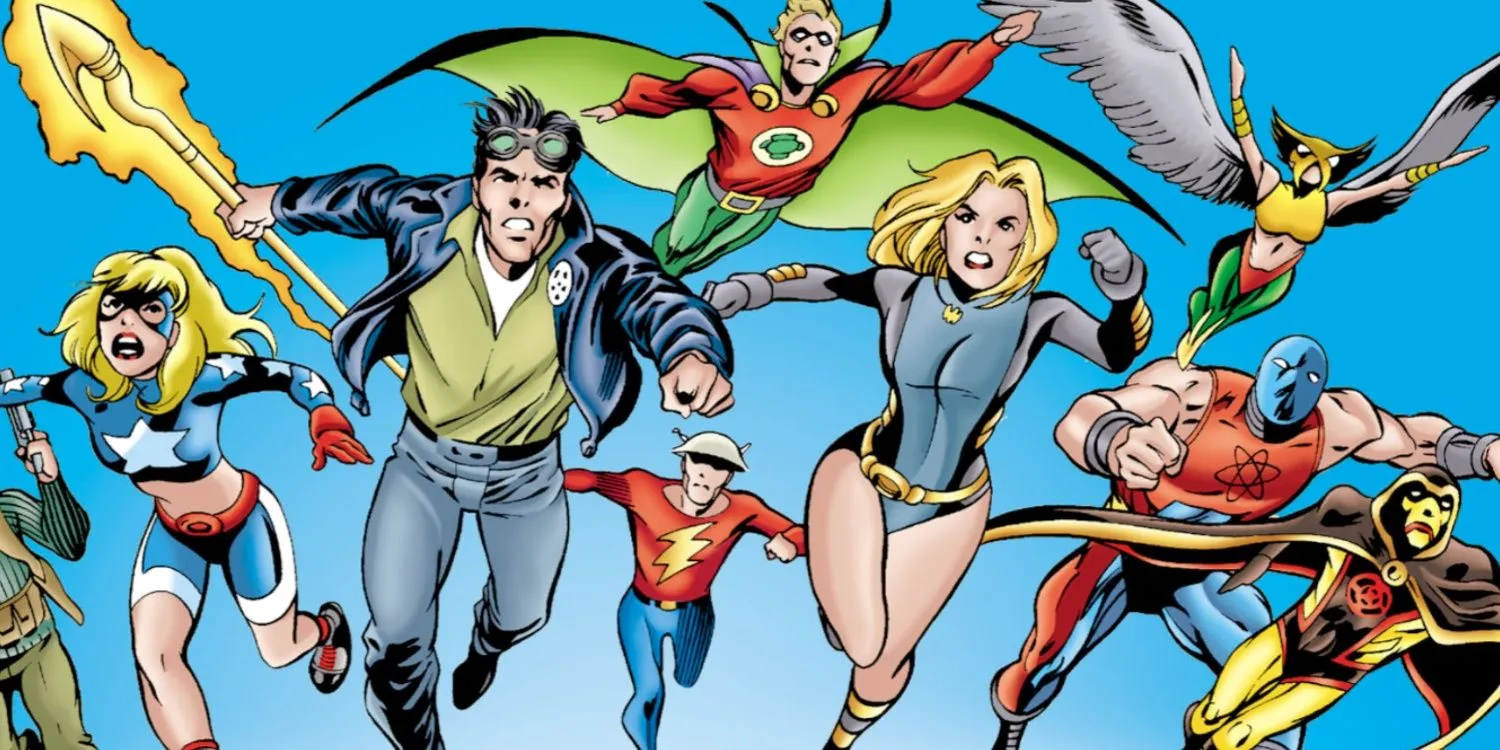
While the Justice League prides itself on a multitude of heroes, the Justice Society flourishes through the strength of their relationships. This profound support extends beyond their vigilante roles. For example, in Justice Society of America #26 by Geoff Johns, Dale Eaglesham, and Peter Snejbjerg, the team takes time to celebrate Stargirl’s birthday by accompanying her to her dental appointment—a tender gesture that showcases their commitment. Such relatable support feels nearly unimaginable within the Justice League, which often resembles a cohort of warriors rather than a tightly-knit group.
The Justice League may enjoy numerical superiority, but the Justice Society of America excels because of their enduring bonds.
Despite the League’s increased size and diversity, the Justice Society’s strength lies in its smaller, more cohesive team. This approach allows its members to create lasting friendships and helps legacy heroes mentor the younger generation effectively. Their longstanding commitment to one another has ensured the Justice Society of America not only survives but thrives, flourishing through love and camaraderie.
JSA #3 is currently available from DC Comics.




Leave a Reply